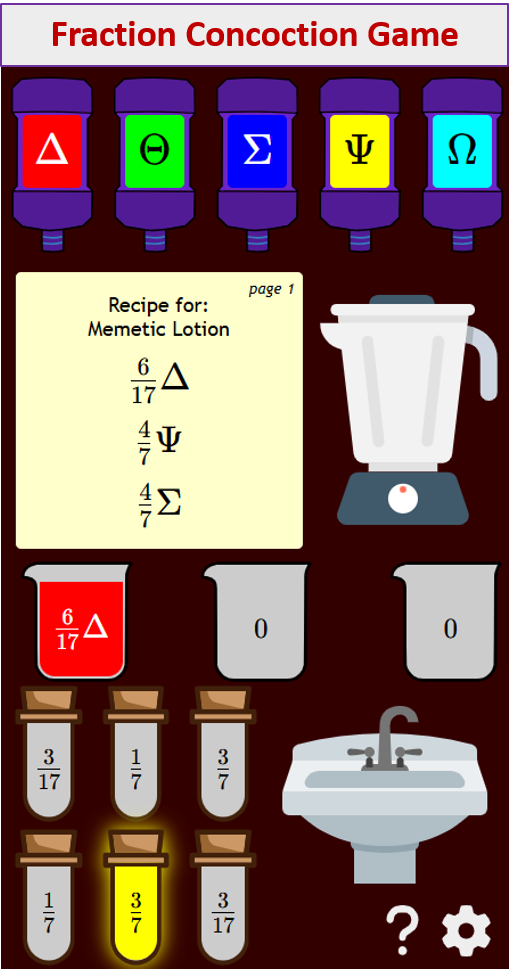

The Human Body
Related Topics:
More Lessons for Biology
Math Worksheets
A series of free High School Biology Video Lessons.
The structure and function of nerve cells, reproductive system, respiratory system, Circulatory System, and Immune System.
Neurons
Neurons are cells of the nervous system that send signals. Neurons are classified by function (sensory, motor or interneurons), by structure (multipolar, bipolar or unipolar) and by neuron communication (active potential or neurotransmitter).
The structure and function of nerve cells.
The reproductive system is a group of organs responsible for reproduction. The organs and gametes of the reproductive system differs between genders- female gametes are called eggs and male gametes are called sperm. The reproductive system is also where offspring are fertilized.
The structure and function of the reproductive system.
The intake of oxygen into the lungs and producing carbon dioxide in return is the main function of the respiratory system. The respiratory system includes airways, lungs and respiratory muscles. When oxygen is breathed in, it enters the circulatory system through the lungs by the process of diffusion.
The structure and function of the respiratory system.
The circulatory system transports nutrients and blood cells to and from cells throughout the body. Blood is oxygenated in the lungs then sent back to the heart to be pumped to the rest of the body in blood vessels. The types of blood vessels include veins, arteries and capillaries. Veins carry blood to the heart while arteries carry blood away from the heart. Oxygen diffuses into the cells directly from the capillaries.
The structure and function of the circulatory system.
Immune System
The immune system protects the body from diseases. It detects and kills things like viruses and bacteria to prevent sickness and to allow the body to continue to function properly. There are three lines of defense which protect the body. The first line is eternal (skin, mucous, tears). The second line involves phagocytosis, which is the ingestion of invading organisms by white blood cells. The third type is specific immunity in which white blood cells recognize previously encountered organisms.
The structure and function of the immune system.
Try out our new and fun Fraction Concoction Game.
Add and subtract fractions to make exciting fraction concoctions following a recipe. There are four levels of difficulty: Easy, medium, hard and insane. Practice the basics of fraction addition and subtraction or challenge yourself with the insane level.



We welcome your feedback, comments and questions about this site or page. Please submit your feedback or enquiries via our Feedback page.


